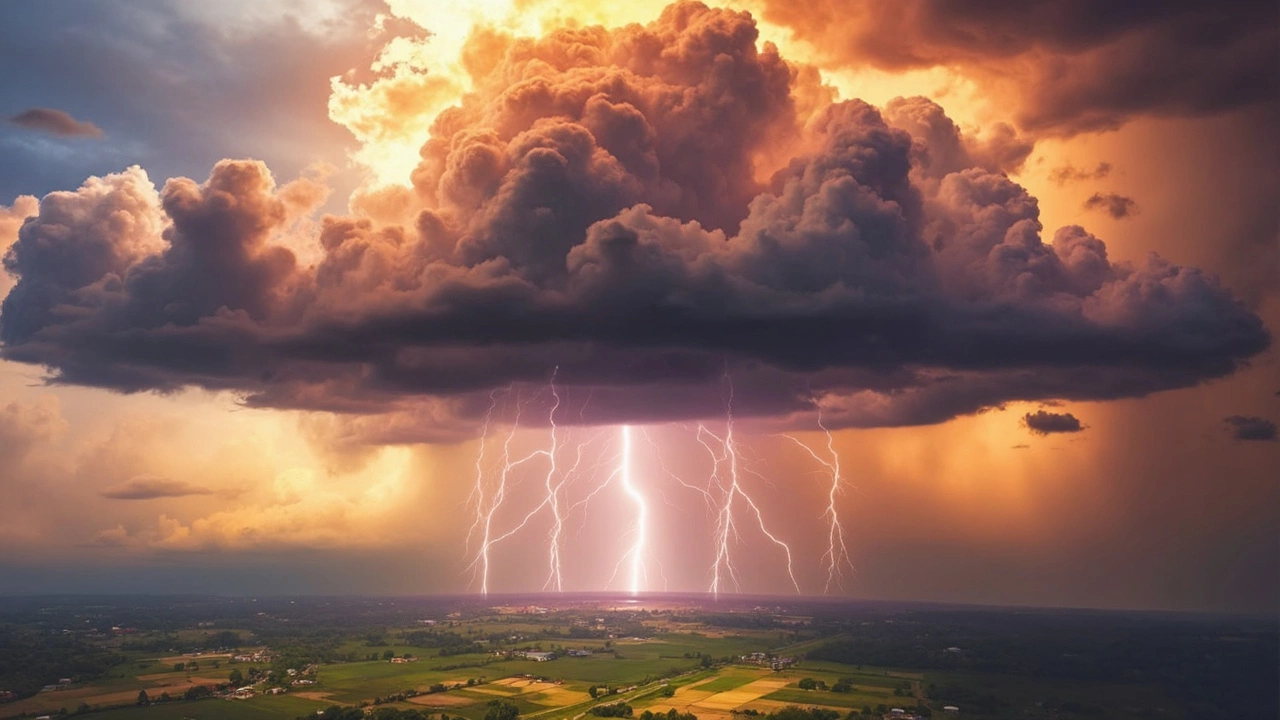Snowfall – Your Go‑To Guide for Quick Updates and Practical Tips
When snow starts falling, it can turn a normal day into a challenge fast. Knowing what’s happening, where it’s falling hardest, and how to stay safe can make all the difference. In this guide we’ll break down the basics of snowfall tracking, give you easy ways to plan your travel, and share simple steps to keep your home warm and safe.
How to Check Snowfall in Real Time
First thing’s first – you need a reliable source for real‑time snow data. Most national weather services have dedicated snow maps that show depth, intensity and expected accumulation. If you prefer an app, look for ones that push alerts for your zip code; they’ll tell you when a snow warning is issued and when it’s cleared. Even a quick glance at a local news channel’s radar can show you which neighborhoods are getting the most snow right now.
Another handy trick is to follow social media accounts of local road agencies. They post live updates on road closures, icy patches and plow progress. A short tweet or post can save you from a 30‑minute detour or a dangerous drive.
Travel Smart When Snow Falls
If you have to be on the road, keep these simple habits in mind. Start your trip a bit earlier than usual so you have extra time for slower traffic. Keep headlights on low‑beam to improve visibility without blinding other drivers. A quick check of tire pressure is worth the effort – cold air can lower pressure and reduce grip.
Carry a basic emergency kit in your car: a blanket, water, a flashlight, and a small shovel. If you’re stuck, staying inside a moving vehicle is safer than trying to walk in deep snow. And remember, if the forecast calls for a heavy snowfall warning, consider postponing non‑essential trips altogether.
Public transport can be a lifesaver during big snow events. Buses and trains often have priority routes and will run on a revised schedule. Check the transit authority’s website before you head out – they usually post real‑time updates about delays or cancellations.
Keeping Your Home Warm and Safe
Snowfall brings cold, but a well‑prepared home can stay comfortable without sky‑high heating bills. Seal any drafts around doors and windows with weather‑stripping or even a rolled towel. Closing unused rooms saves energy, and moving furniture away from vents helps heat circulate better.
If you use a fireplace, make sure the damper is fully open before lighting a fire and closed when you’re done. Keep a bucket of sand or kitty litter nearby in case a fire sparks a small flare‑up. For homes with basements, check that sump pumps are working – melting snow can quickly raise water levels and cause flooding.
Finally, store a few extra blankets, batteries and non‑perishable food in case a power outage lasts longer than expected. A small “snow‑storm kit” can make an uncomfortable night much more bearable.
Snowfall doesn’t have to be a nightmare. With the right tools, a bit of foresight, and a few simple habits, you can stay safe, keep moving, and enjoy the quiet beauty of a snowy day. Keep this guide bookmarked, and the next time the forecast says “snow,” you’ll be ready to handle it like a pro.
IMD's Five-Day Heavy Rain Alert for Himachal Pradesh Needs Attention
The India Meteorological Department has issued a five-day alert warning of heavy rain across Himachal Pradesh. Areas like Shimla, Kullu, and Manali may experience disruptions from rainfall and possible snowfall in higher regions. Caution is advised for flash floods and landslides, with travel disruptions likely. Residents and tourists should monitor local advisories.





